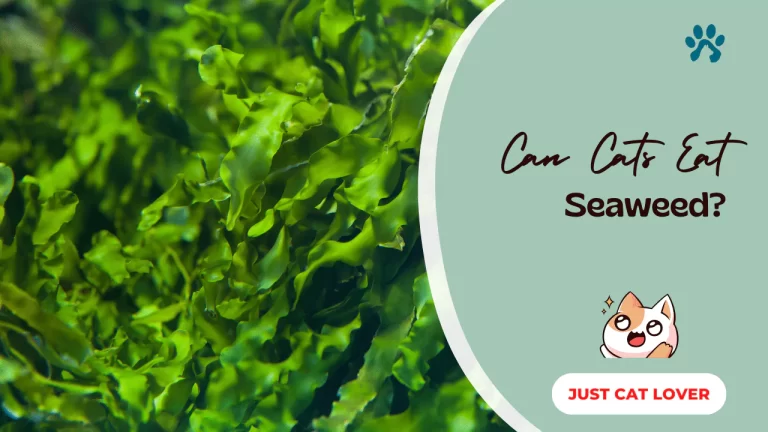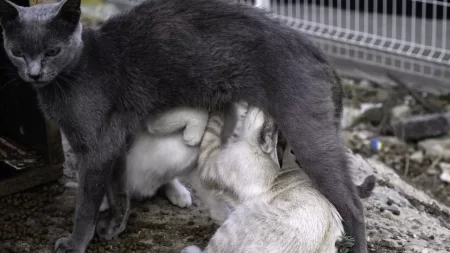No, cats should not eat seaweed. While small amounts of certain seaweeds may be safe for cats, there are potential dangers of feeding cats too much seaweed or the wrong varieties. It’s best to avoid giving cats seaweed.
Is Seaweed Safe for Cats?
Most types of seaweed contain high levels of iodine. While iodine is an essential mineral for cats, too much iodine can cause potentially serious health issues. Cats are very sensitive to excess iodine which can lead to thyroid problems or toxicity. Additionally, some seaweeds contain compounds that may be toxic to cats. It’s safest to avoid feeding cats seaweed.
Potential Dangers of Feeding Cats Seaweed
- Excess iodine can disrupt thyroid function
- Certain seaweeds contain thiaminase which destroys vitamin B1
- Toxins like arsenic may be present in some seaweeds
- Gastrointestinal upset from eating too much seaweed
- Cats are obligate carnivores not designed to digest seaweed
Sensitivity to High Levels of Iodine
Cats have a low tolerance for excess iodine. While they do require iodine in their diet, the high natural iodine content of seaweed makes it easy to quickly exceed the safe upper limit. Excess iodine is toxic and can suppress thyroid hormone production and function in cats. This can lead to hypothyroidism, goiter, and other thyroid disorders. It’s safest not to feed cats seaweed.
Alternatives to Feeding Cats Seaweed
There are many other healthy, natural snacks that are safer for cats than seaweed. It’s easy to balance a cat’s diet without seaweed.
Other healthy snack options for cats
- Cooked lean meat or fish
- Commercial cat treats without artificial ingredients
- Freeze-dried meat products for cats
- Plain cooked chicken or turkey
- Small pieces of cheese or yogurt
- Fresh fruits like blueberries
Balancing a Cat’s Diet
Cats have unique nutritional needs as obligate carnivores. They require high levels of protein from animal sources and minimal carbohydrates. Seaweed does not provide the right nutrition profile. It’s better to stick to high-protein cat foods and treats instead of seaweed.
How to Safely Serve Seaweed to Cats?
While it’s ideal to avoid feeding cats seaweed entirely, very small amounts of certain seaweeds prepared properly may be safe on rare occasions.
Proper preparation and portion size
- Choose seaweeds lower in iodine like nori
- Cook the seaweed which helps remove toxins
- Feed cats no more than a teaspoon of cooked seaweed once a week at most
Types of Seaweed to Feed Cats
Nori sheets used in sushi rolls are lower in iodine than other seaweeds like kelp or dulse. Lightly toasting them can make the seaweed easier for a cat to digest. However, it’s still best to minimize or avoid feeding cats seaweed.
In conclusion, seaweed does not provide proper nutrition for cats. The potential dangers of high iodine levels or toxicity make seaweed a risky food for felines. It’s healthiest to avoid feeding cats seaweed and choose more appropriate cat treat options instead. Very small portions of nori may be safe on rare occasions but feeding cats seaweed regularly should be avoided.







